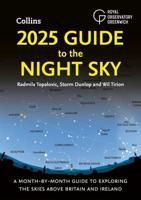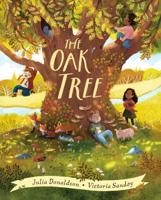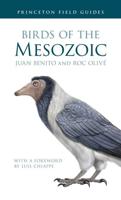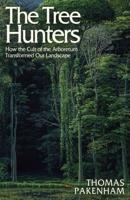Publisher's Synopsis
The Forest and Rangeland Renewable Resources Planning Act (RPA) of 1974 requires periodic assessments of the condition and trends of the nation's renewable natural resources. Data from many sources were used to document recent historical trends in big game, small game, migratory game birds, furbearers, nongame, and imperiled species. Big game and waterfowl have generally increased in population and harvest trends. Many small upland and webless migratory game bird species have declined notably in population or harvest. Considerable declines in fur harvest since the 2000 RPA Assessment have occurred. Among the 426 breeding bird species with sufficient data to estimate nationwide trends, 45 percent had stable abundance since the mid-1960s; however, more species declined (31 percent) than increased (24 percent). A total of 1,368 bird species were formally listed as threatened or endangered under the Endangered Species Act-a net gain of 278 species since the 2000 RPA Assessment. Most forest bird communities are expected to support a lower variety of species. America's wildlife resources will continue to be pressured by diverse demands for ecosystem services from humans. Collaborative planning and management among private and public land owners, and which spans the research and management branches of the Forest Service, will be vital to conserving and sustaining the nation's wildlife resources.










